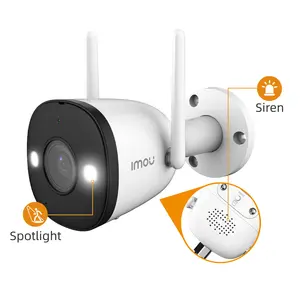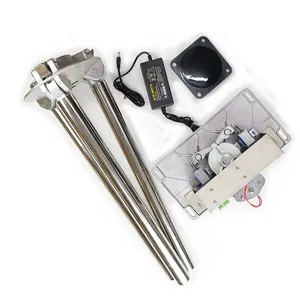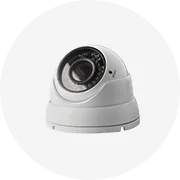Phổ biến trong ngành của bạn






Vận chuyển miễn phí Rippa Mini Excavator 3.5 tấn Crawler Mini Excavator Máy xúc mini nông trại thủy lực
2.000,00 US$
Đơn hàng tối thiểu: 1 Bộ







Giảm Giá Mạnh DHG -- Máy Xúc Mini, Máy Xúc Phụ Tùng Máy Xúc Khớp Nối Nhanh Cơ Khí Thủ Công
140,00 US$ - 160,00 US$
Đơn hàng tối thiểu: 1 Cái







SANY Máy Xúc Máy Xúc Mini SY35U SY26U SY50U SY16C SY18C Máy Đào Bánh Xích Máy Xúc Mini Hoàn Toàn Mới Cho Trang Trại Rừng Trong Nhà
8.000,00 US$ - 25.000,00 US$
Đơn hàng tối thiểu: 1 Bộ







5 tấn 6 tấn Máy xúc mini máy xúc giá với Side Swing chức năng
5.489,00 US$ - 6.999,00 US$
Đơn hàng tối thiểu: 1 Bộ







Miễn phí vận chuyển!!! Hot bán CE/EPA tốt nhất Digger 1 tấn 1.2 tấn 1.5ton thủy lực ngón tay cái bánh xích mini máy xúc
2.000,00 US$
Đơn hàng tối thiểu: 1 Đơn vị













EVERUN ERE25 Ce Cấp Giấy Chứng Nhận New Khác Máy Nông Trại Xách Tay Nông Nghiệp Thủy Lực Digger 2.5 Tấn Mini Máy Xúc Với Epa
23.000,00 US$ - 25.000,00 US$
Đơn hàng tối thiểu: 1 Đơn vị






Everun ere25 Trái Đất di chuyển máy thủy lực Crawler xách tay mulcher 2.2 tấn theo dõi xô Mini Máy xúc
9.999,00 US$ - 11.300,00 US$
Đơn hàng tối thiểu: 1 Đơn vị






Hightop HT20 theo dõi xô Mini Máy xúc 2 tấn Micro Digger máy thủy lực Crawler xách tay mulcher
5.499,00 US$ - 5.899,00 US$
Đơn hàng tối thiểu: 1 Bộ






Bán Máy Xúc Mini Giá Rẻ Trung Quốc Máy Xúc Bánh Xích Nhỏ Cầm Tay 2 Tấn Diesel Thủy Lực
11.200,00 US$ - 12.200,00 US$
Đơn hàng tối thiểu: 1 Bộ






Trung quốc mới xách tay mini crawel bánh xe đi bộ digger backhoe excavator
Sẵn sàng vận chuyển
3.500,00 US$ - 4.000,00 US$
Đơn hàng tối thiểu: 1 Cái
Vận chuyển mỗi chiếc: 120,00 US$






Hot Bán thiết kế mới xách tay 9HP 15HP 13.5hp động cơ nhỏ towable backhoe Mini Máy xúc cho trang trại sử dụng
900,00 US$
Đơn hàng tối thiểu: 1 Bộ
Các danh mục hàng đầu
Giới thiệu về máy xúc mini cầm tay
Alibaba.com cung cấp các sản phẩm 2462 máy xúc mini cầm tay. Có rất nhiều máy xúc mini cầm tay lựa chọn dành cho bạn, chẳng hạn như pháp, canada, và hoa kỳ. Bạn cũng có thể chọn từ xây dựng làm việc, trang trại, và nhà sử dụng máy xúc mini cầm tay. Cũng như từ động cơ, bơm, và hộp số máy xúc mini cầm tay.Và bất kể máy xúc mini cầm tay là cung cấp, không có sẵn.














